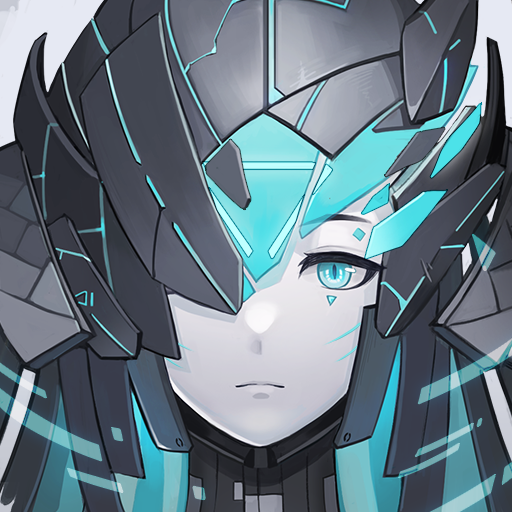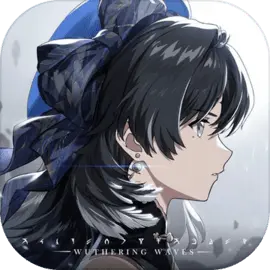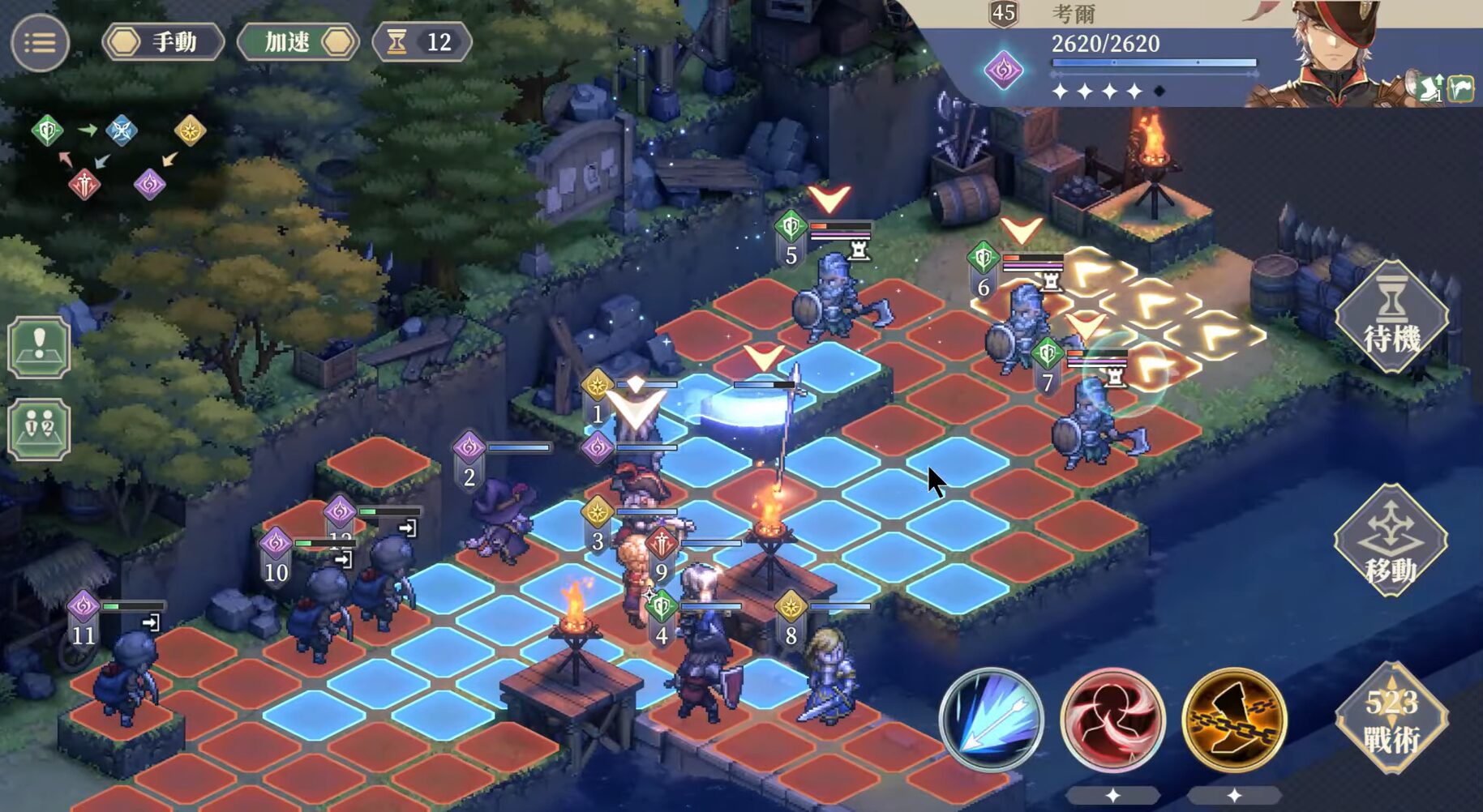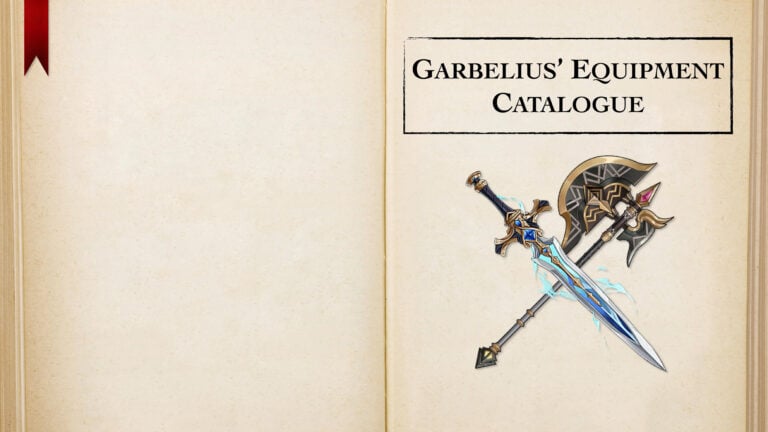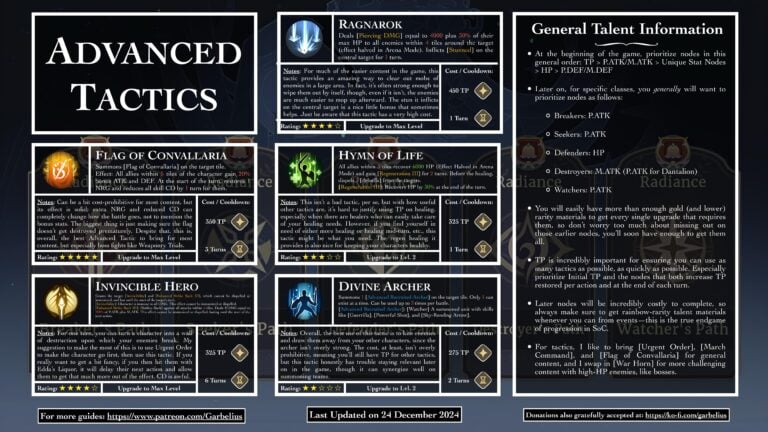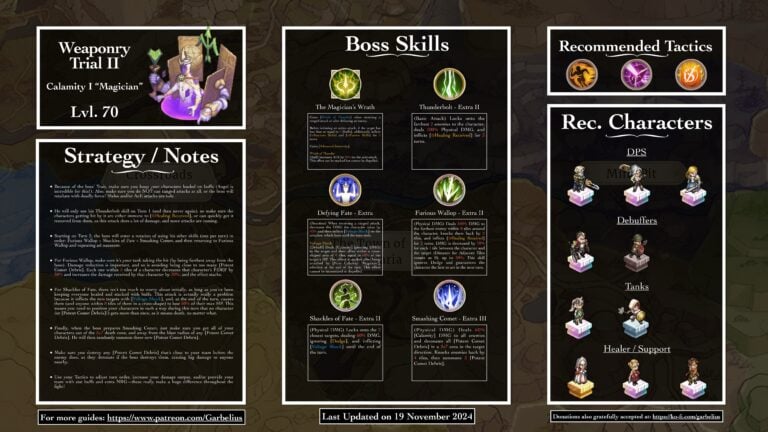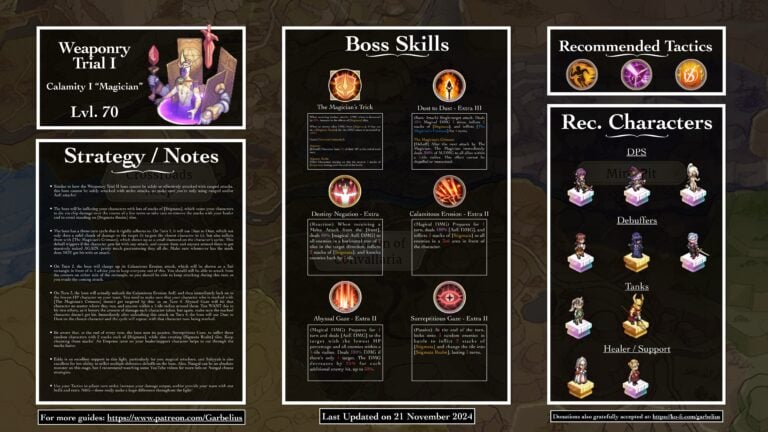Table of Contents [Show]
Introduction
Welcome to DotGG! We're excited to bring you a comprehensive combat tutorial for new players of Sword of Convallaria. Our team has diligently crafted these guides to provide valuable insights that will help you get a head-start in the game.
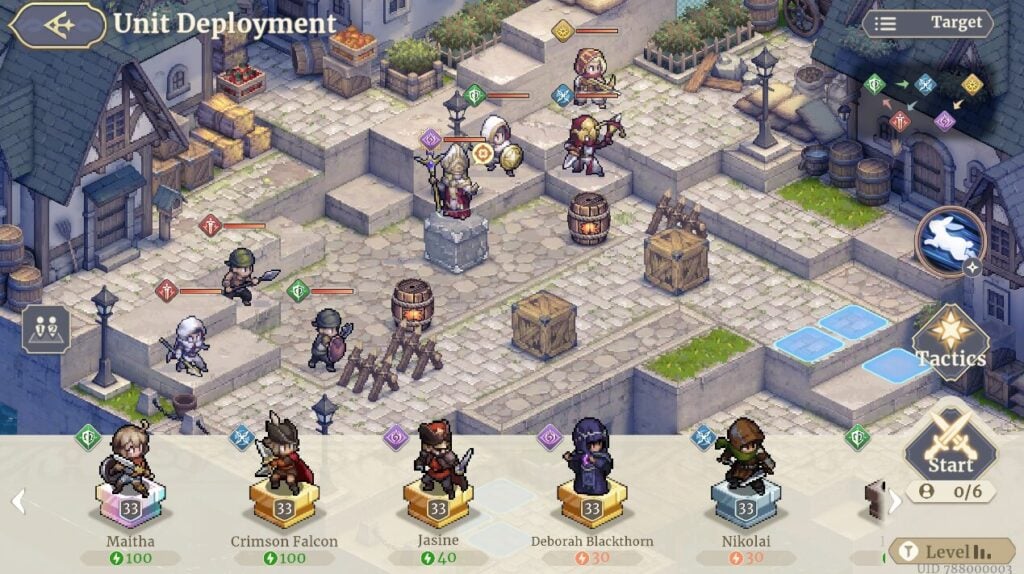
The combat system in Sword of Convallaria uses a traditional turn-based SRPG style featuring grid battles and a high-definition pixel art. Unlike the classic pixelated look, it uses modern 3D light and shadow technology to present a vibrant 2D pixel style. This retro look has gained popularity recently, with games like Octopath Traveler and Triangle Strategy from Square Enix embracing this aesthetic. For many of us, it brings back nostalgic memories of childhood gaming.
Let’s start and prepare you for battle!
Deployment Tiles and Strategy
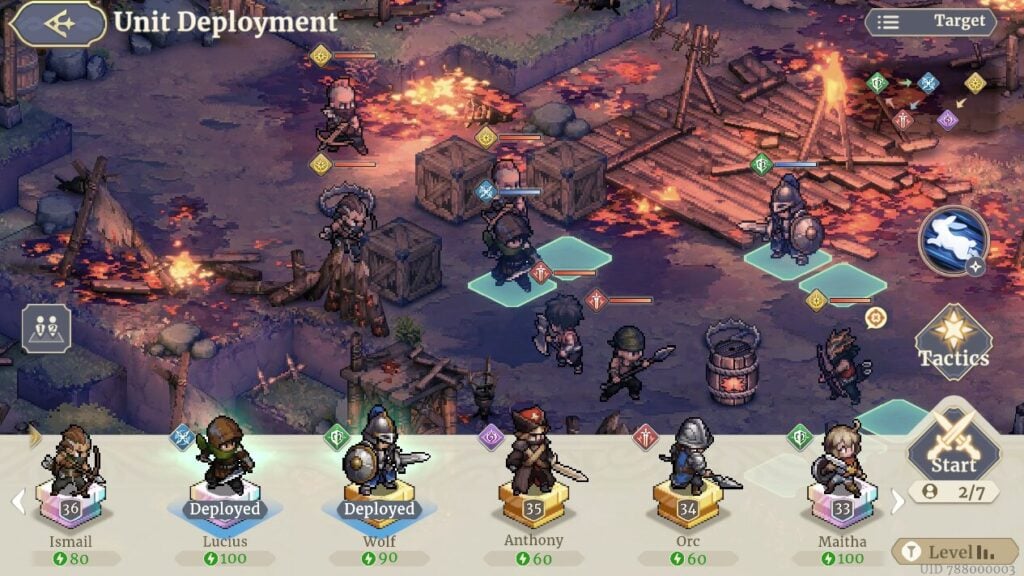
To start of with our combat tutorial for new players, let's talk about deployment! When you start a combat session, every map will have a set number of deployment tiles, marked in blue. Sometimes, the number of deployment tiles exceeds the characters you can deploy. This setup allows for extra strategic options. On the right-hand side, you can check how many heroes you can deploy, next to the deployment button. For example, if you have five slots, you can deploy up to five characters, but deploying fewer characters might be beneficial in certain situations.
Combat SPD System
In Sword of Convallaria, combat operates on a speed system, meaning characters and enemies take actions based on their SPD stats. This staggered action system requires players to carefully plan their moves, taking into account the order of actions for both their characters and enemies.
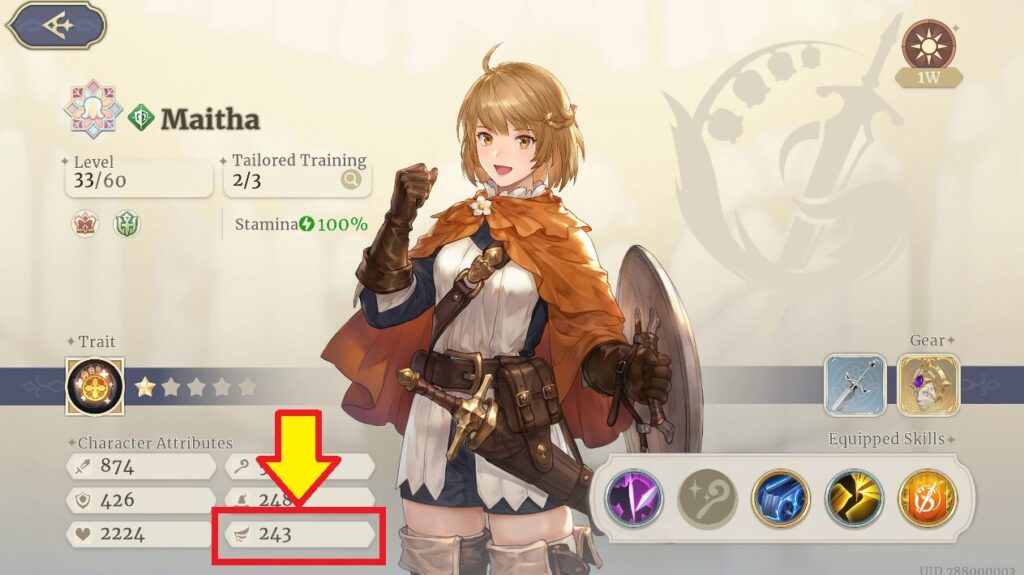
Monitoring the action sequence and danger range in the middle left corner of the screen helps players avoid enemy attacks and optimize their strategy.
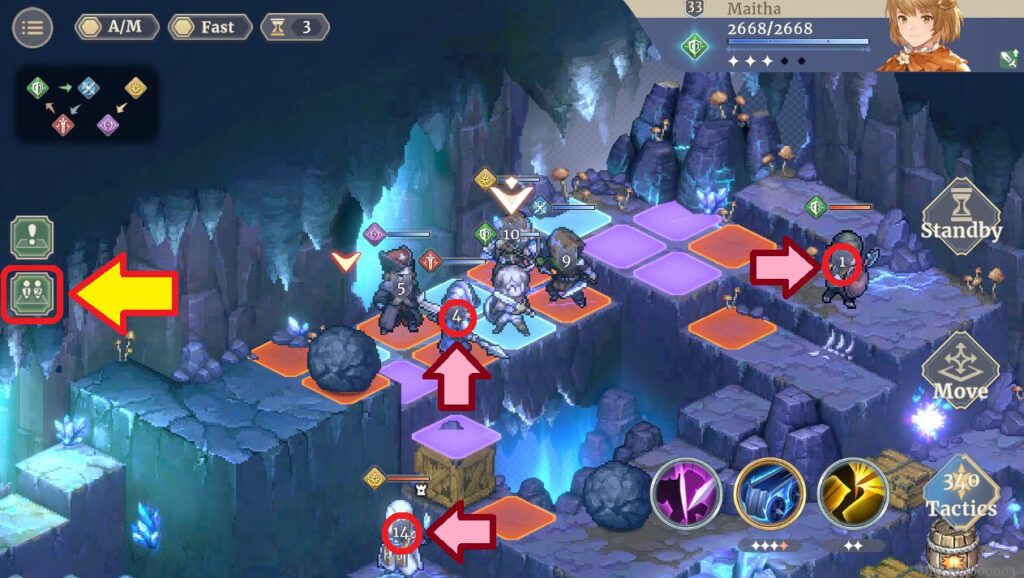
Attribute Mechanics

The game utilizes a traditional attribute system with three primary colors: red, green, and blue. Red defeats green, green defeats blue, and blue defeats red. Additionally, light overcomes darkness unilaterally. Players must leverage these conflicting attributes to gain a tactical advantage in battles. This system encourages strategic thinking and careful planning to exploit enemy weaknesses.
| Associated Color | Symbol | Role |
|---|---|---|
| Red |  | Breaker |
| Green |  | Seeker |
| Blue |  | Defender |
| Light |  | Watcher |
| Darkness |  | Destroyer |
Movement and Obstacles
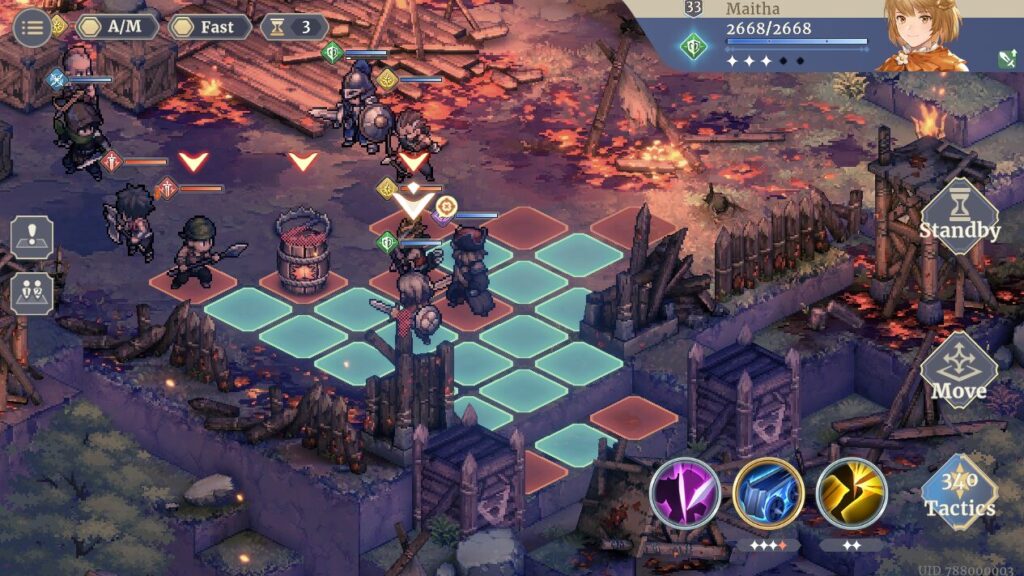
Movement range is crucial in these games. Your character can move a certain number of tiles in a straight line, which is not interrupted by allies. However, obstacles can hinder movement. Each character has a specified movement range, which you can see by clicking on the character. For instance, assassins and rogues usually have a greater movement range due to their agility.
Jump Mechanics
Characters have jump abilities that allow them to cross obstacles of specific heights. If an obstacle is higher than your jump ability, it will affect your movement range. Some characters can even jump across gaps, adding a layer of strategy to your movement.
Tactical Elements
It's important for new players to understand this part of the combat tutorial! Sword of Convallaria combat mechanics include various tactical elements that enhance gameplay depth. Players can use props or terrain features on the battlefield to their advantage. Here are some examples:
Triggering Explosive Barrels
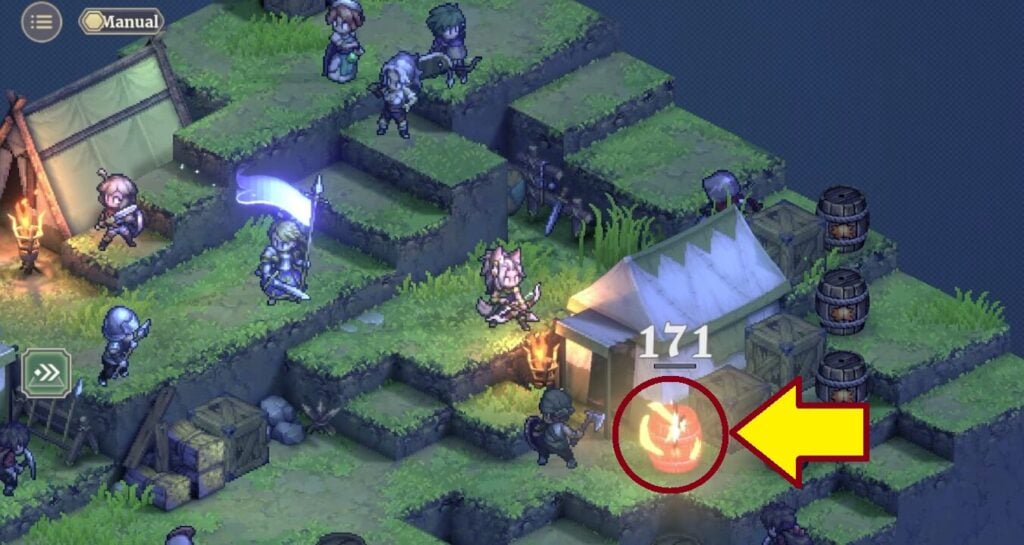
An Explosive Barrel explodes when it's attacked, causing significant DMG to a 3*3 area centered on itself. When knocked back, it explodes at the final position.
Rolling Boulders
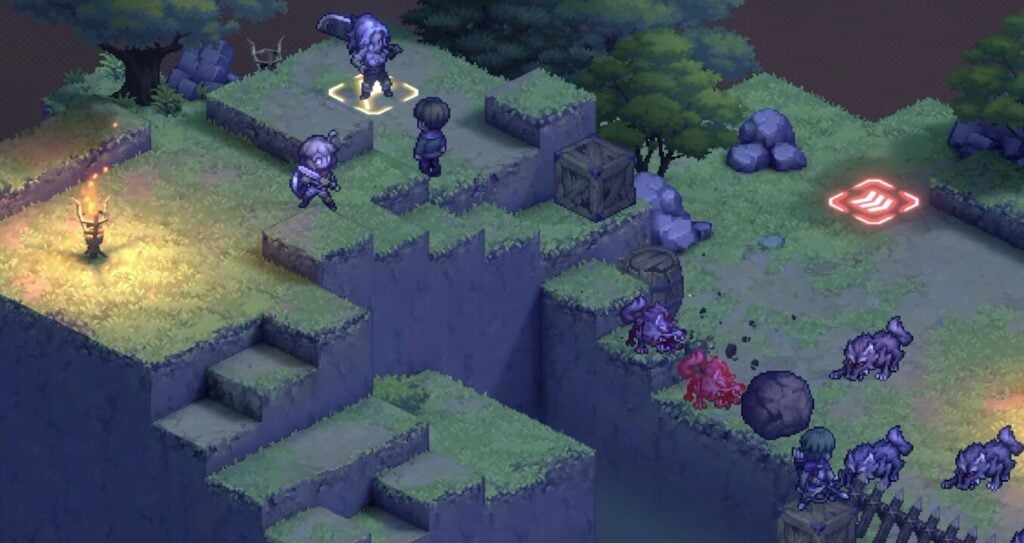
When a Boulder is attacked, it rolls in the direction of the attack. When it reaches a drop terrain with a height difference of 2 or more tiles, it falls and shatters. During its roll, it directly defeats any characters and destroys any objects it passes through.
Wine Barrels
When a Wine Barrel is attacked, it rolls in the direction of the attack. If it falls from a drop terrain with a height difference of 2 or more tiles or collides with a character or object, it stops and bursts, dealing DMG to the character in collision. After bursting, it leaves behind a 5*5 Strong Liquor terrain centered on itself at the stopping position.
Attacking Sachets
When a Sachet is destroyed, it forms a 3*3 Spice terrain centered on itself. Characters on the terrain are guaranteed to dodge ranged single-target attacks. When the Spice terrain takes AoE DMG, it will be destroyed, dealing HP Percentage DMG to the characters within.
Moving Minecarts
The Minecart travels along the track at fixed intervals, dealing significant DMG to units on its path. The track will flash red in the turn before the Minecart passes as a warning. Don't stand at the danger zone, these carts can kill your units instantly.
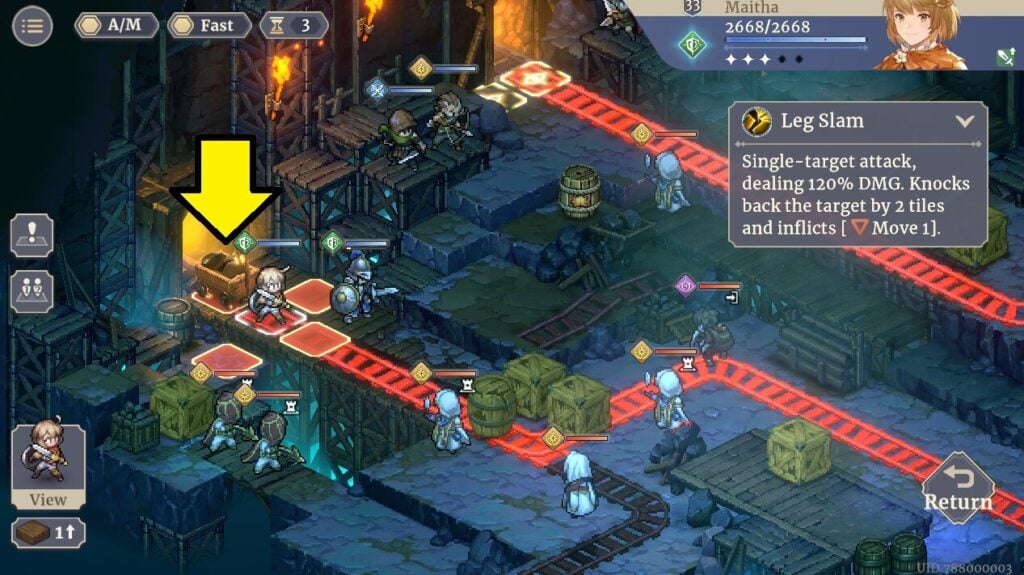
Terrain and Height Differences
The game features diverse terrains with height differences that affect combat outcomes. Standing on higher ground increases damage dealt to enemies below, adding another layer of strategy. Players need to consider the terrain and position their characters accordingly to maximize their effectiveness in battle.
Skills and Tactics

Each character in Sword of Convallaria can use a basic attack, a reaction skill, and three additional skills. Players must choose which skills to bring into battle before starting.

This selection process is crucial, as it determines the strategies and tactics available during combat. Proper skill selection can significantly influence the outcome of battles.
Enemy's Range and Positioning

Purple tiles indicate the range where enemies can attack you. Staying within blue tiles keeps you safe. You can toggle this view using the exclamation mark icon. Proper positioning helps you avoid unnecessary damage and plan your attacks effectively.
Managing Buffs and Debuffs
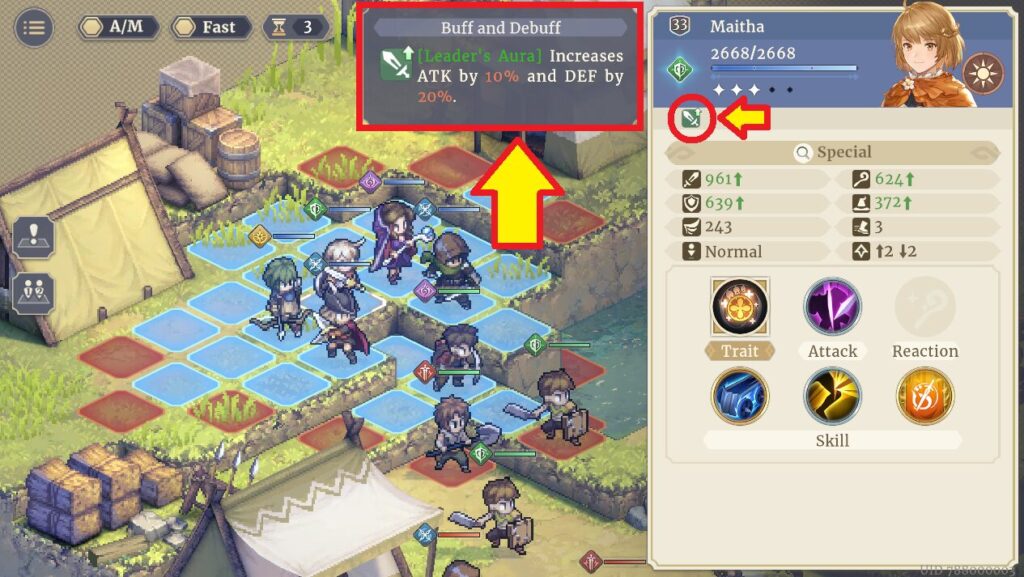
Clicking on your character allows you to see active buffs and debuffs. This information helps you plan your strategy and understand the effects of different abilities. You can also review stats and abilities brought into combat to maximize your effectiveness.
Closing
That's a wrap-up for our combat tutorial for new players in Sword of Convallaria. As you get more comfortable with these mechanics, you’ll be ready for more advanced strategies. Remember to utilize deployment strategies, understand movement and obstacle mechanics, and make the most of your skills and abilities.
Thank you for visiting DotGG. We hope this guide has been helpful, and we look forward to providing you with more in-depth tutorials and tips for Sword of Convallaria. Make sure to check back on our website for the latest guides and updates.

